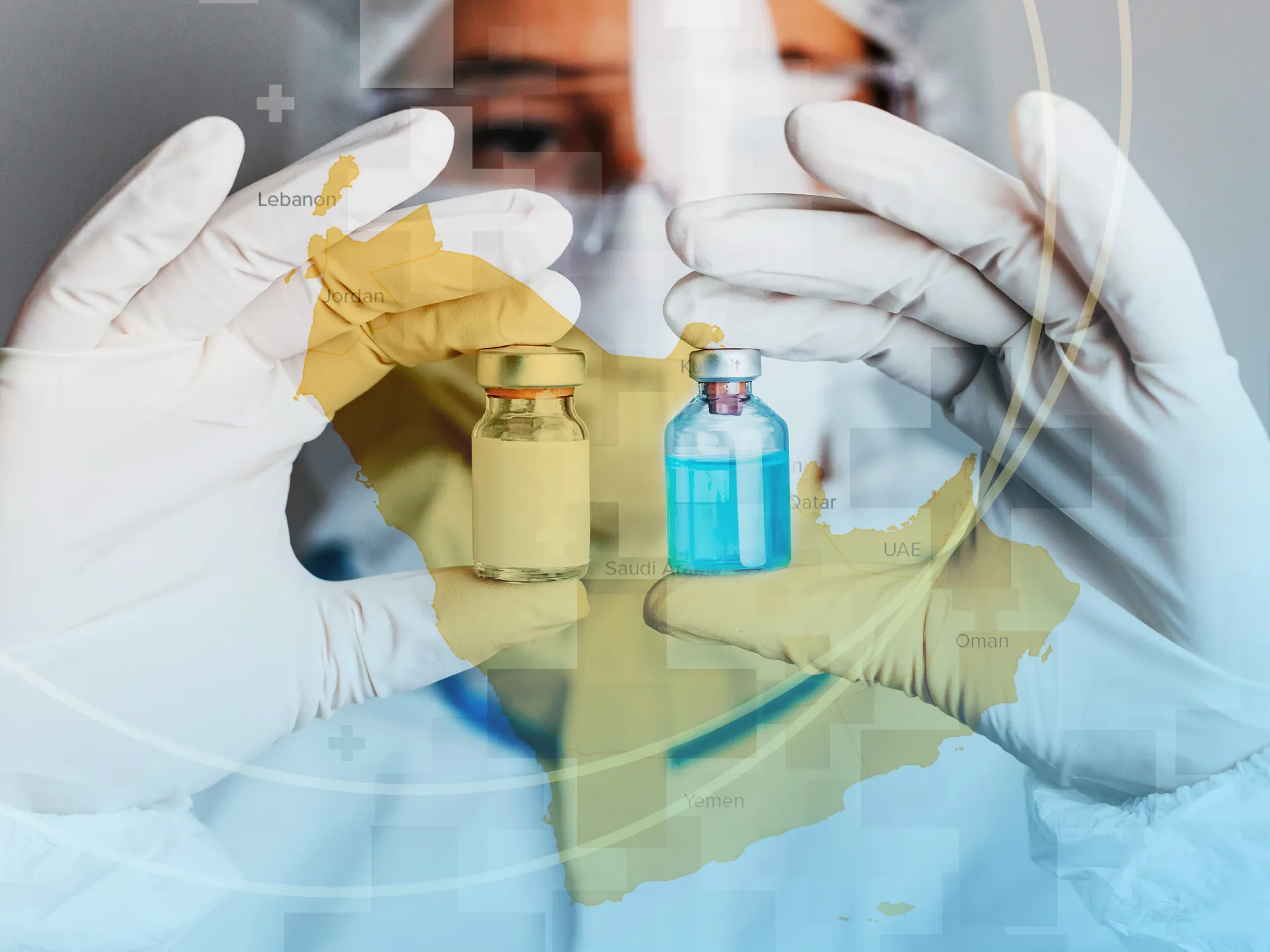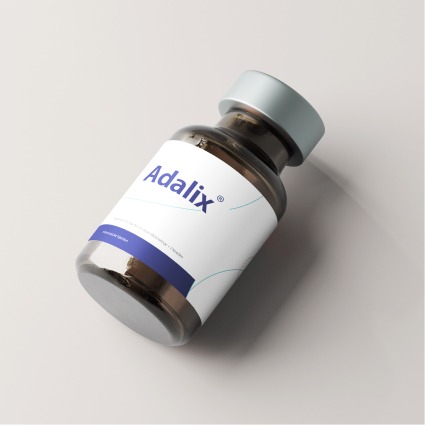Introduction: Biomanufacturing in the GCC Enters a New Era
As the Gulf Cooperation Council (GCC) nations advance their healthcare and biotechnology ecosystems, biomanufacturing is emerging as a strategic priority. July 2025 marks a new chapter in this transformation: the region is now embracing continuous bioprocessing using single-use technologies combined with CHO (Chinese Hamster Ovary) and baculovirus expression platforms to manufacture biologics at scale.
The integration of these two robust production systems into a continuous single-use manufacturing line positions the GCC as a competitive hub for flexible, scalable, and high-quality biologics production. This article examines the implementation of the next-generation manufacturing model and its implications for the region’s future.
The Shift Toward Continuous Single-Use Manufacturing
Why Continuous Bioprocessing?
Traditional batch-based biomanufacturing, while reliable, is often resource-intensive, slow, and inflexible. In contrast, continuous processing offers:
- Higher throughput and consistent product quality
- Reduced footprint and energy use
- Real-time monitoring and process control
- Lower contamination risk when combined with single-use systems
With global biopharma increasingly adopting this model, GCC nations are aligning with international best practices to reduce manufacturing bottlenecks, accelerate commercialization, and localize production of critical biologics.
Role of Single-Use Technologies (SUTs)
Single-use bioreactors, filters, and tubing assemblies eliminate the need for extensive cleaning and sterilization, making them ideal for multiproduct, flexible facilities. Key benefits include:
- Faster turnaround times between production runs
- Lower capital investment and operational costs
- Reduced cross-contamination risk
In 2025, the UAE and Saudi Arabia are investing in modular cleanroom facilities equipped with single-use bioreactors ranging from 40L to 2000L, enabling a hybrid continuous mode of operation across various expression systems.
Dual Platform Strategy: CHO and Baculovirus
CHO Cells: The Workhorse for Complex Proteins
CHO cells remain the dominant platform for producing complex monoclonal antibodies, fusion proteins, and glycoproteins. In the GCC, CHO-based facilities are being optimized for:
- High-titer expression systems (>5g/L)
- Perfusion-enabled bioreactors for continuous harvest
- PAT (Process Analytical Technology) integration to monitor critical quality attributes (CQAs) in real time
Notable collaborations include Saudi Arabia’s King Abdullah International Medical Research Center (KAIMRC) and international CDMOs to establish CHO-based GMP suites in Riyadh by Q4 2025.
Baculovirus-Insect Cell System (BEVS): Fast, Scalable, Versatile
Baculovirus platforms, especially Sf9 and High Five cells, offer rapid expression and high yields of viral antigens, VLPs, and gene therapy components. GCC-based facilities are now adopting BEVS for:
- Rapid pandemic response biologics (e.g., influenza, RSV, COVID variants)
- Gene-modified vector production
- CAR-T and cell therapy support vectors
Qatar’s Sidra Medicine and UAE’s G42 Healthcare are pioneering baculovirus-based facilities to complement CHO operations, enabling parallel production streams that can respond to diverse market needs.
Implementation Case Studies in the GCC
UAE: Abu Dhabi’s Integrated Bioproduction Hub
In July 2025, Abu Dhabi launched its first fully integrated continuous single-use biomanufacturing facility, combining CHO and BEVS platforms. The site:
- Operates with continuous perfusion reactors for CHO-based monoclonals
- Maintains a 30-day production cycle for VLP vaccines using baculovirus
- Supports real-time QC release via Raman spectroscopy and multivariate data analysis
Built in collaboration with a leading European CDMO, the facility is designed to scale up from pilot to commercial capacity, accelerating timelines for biosimilars and novel therapies.
Saudi Arabia: NEOM’s Smart Bioprocessing Initiative
Saudi Arabia’s futuristic city project, NEOM, features a biotech innovation zone that is piloting AI-enhanced continuous bioprocess control systems. The first wave of production lines includes:
- CHO-based antibody-drug conjugate (ADC) production
- Baculovirus-derived gene therapy vectors for in vivo trials
- Full digital twin modeling for predictive process analytics
This initiative integrates IoT-based sensors, machine learning algorithms, and cloud-based manufacturing execution systems (MES) to ensure consistent, scalable production.
Regulatory and Quality Considerations
Harmonized Framework for Continuous Manufacturing
The GCC Health Council is working with local regulatory bodies to provide a unified framework for:
- Continuous bioprocess validation
- Lifecycle management for single-use components
- Platform-based approval pathways for CHO and BEVS systems
Regulators in the UAE and Saudi Arabia have initiated pilot approvals for products manufactured using continuous modes, leveraging risk-based approaches modeled after guidance from the FDA and EMA.
Quality-by-Design (QbD) and Real-Time Release (RTR)
Manufacturers in the region are adopting QbD principles to define design spaces and critical parameters early in development. Real-Time Release Testing (RTRT) using inline sensors and automation enables products to be released immediately after production, reducing batch-release delays.
Strategic Implications for the GCC
Strengthening Biologic Sovereignty
The development of dual-platform continuous manufacturing lines aligns with the region’s goal of self-sufficiency in essential medicines, including:
- Oncology biologics
- Rare disease therapies
- Emergency-use vaccines
This transformation reduces dependency on imports and enhances national readiness for future pandemics and health emergencies.
Stimulating Innovation and Education
Several GCC nations are investing in bioprocessing education to support the expanding workforce needs. Initiatives include:
- Degree programs in bioprocess engineering
- Industry internships with global CDMOs
- National training centers for single-use system handling and validation
These programs are key to sustaining the rapid growth of biotech infrastructure.
Regional Collaboration and Tech Transfer
To drive efficiency, GCC nations are:
- Creating shared manufacturing clusters
- Offering incentives for technology transfer
- Establishing regional biomanufacturing alliances with Asian and European partners
These collaborations reduce duplication of infrastructure and facilitate regulatory alignment across borders.
Outlook: Toward a Digital, Resilient Biomanufacturing Future
What’s Next for 2026 and Beyond?
Future expansions will likely include:
- Automated continuous chromatography systems
- Closed-loop feedback control using AI
- End-to-end digital batch records
The GCC’s proactive investment in digital infrastructure, smart regulation, and scientific talent positions it to compete with global manufacturing hubs.
Challenges to Watch
- Standardization of supply chains for single-use components
- Managing leachables/extractables in high-titer systems
- Ensuring interoperability of hybrid CHO/BEVS operations
Conclusion
The GCC is quickly establishing itself as a next-generation biomanufacturing leader by adopting continuous, single-use technologies integrated with both CHO and baculovirus expression platforms. This hybrid model offers unmatched flexibility, responsiveness, and scalability. As national strategies and regional collaboration take root, the GCC is poised not only to serve domestic needs but also to become a global exporter of advanced biologics.

